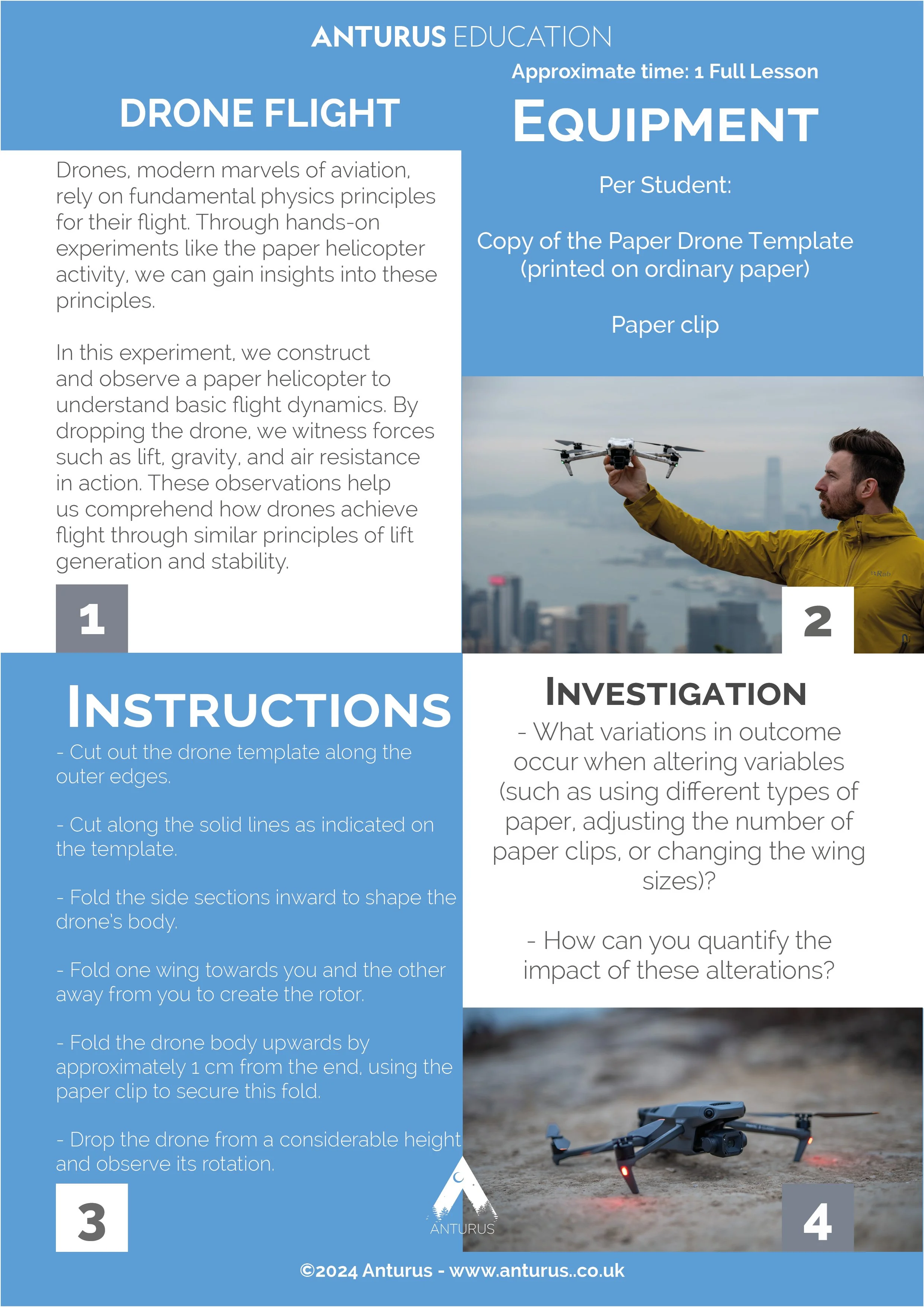
Croucher Science Week 2024
-

Wild Patagonia.
Join Huw on an epic expedition to the untamed wilderness of Patagonia. Where he’ll unravel the mysteries of this remarkable land, immersing himself in its mesmerizing ecology, captivating geology, and vibrant flora and fauna. Prepare to be spellbound as we traverse rugged terrains and unearth the hidden treasures of one of Earth's most breathtaking landscapes.
-

Above and Beyond
Embark on an awe-inspiring adventure with Huw as he journeys to Hong Kong, seeking to uncover its dynamic essence from a unique perspective—through the lens of a drone. Join him as he takes flight over the iconic skyline, weaving through bustling streets and capturing the vibrant spirit of this bustling metropolis like never before. Experience the breathtaking beauty and vibrant energy of Hong Kong from a bird's-eye view, as Huw immerses himself in the city's captivating sights and sounds.
Wild Patagonia.
Go on an unforgettable journey with adventurer Huw James deep into the untamed wilderness of Patagonia. Join us as we uncover the mesmerizing ecology, captivating geology, and vibrant flora and fauna of this remarkable landscape. From the windswept plains to the towering peaks, Patagonia's diverse terrain offers a breath taking backdrop to our exploration. Traverse rugged terrains, marvel at ancient glaciers, and encounter iconic wildlife amidst one of Earth's most breath taking landscapes. Experience the thrill of exploration as we unearth the hidden treasures of Patagonia together, forging memories that will last a lifetime in this land of wonder and awe-inspiring beauty.
WATCH HERE
AIR PRESSURE
Wind is fundamentally generated by the movement of air from regions of high atmospheric pressure to those of lower pressure. This movement occurs due to the natural tendency of air to redistribute itself in response to pressure gradients, seeking to balance out differences in pressure across various geographical areas. In the case of Patagonia, the region's distinctive high winds are intimately tied to the significant pressure differentials between the vast landmasses of South America and the expansive Southern Ocean.
The geographical features of Patagonia, characterised by its rugged terrain and proximity to the Southern Ocean, contribute to the amplification of wind phenomena. As prevailing winds encounter the abrupt transition from land to sea, they undergo substantial acceleration, leading to the formation of powerful gusts. Additionally, the temperature differentials between the land and ocean further intensify pressure variations, exacerbating the atmospheric dynamics responsible for the notorious winds of Patagonia.
Moreover, the phenomenon known as the "Patagonian Gap," a localized area of low pressure situated between the Andes Mountains and the Atlantic Ocean, serves as a focal point for the convergence of winds. As air masses flow through this gap, they experience compression and acceleration, culminating in the creation of exceptionally high winds that sweep across the Patagonian landscape with remarkable force.
Overall, the interplay between geographical features, temperature differentials, and pressure gradients in Patagonia illustrates the intricate relationship between air pressure and wind dynamics, underscoring the profound influence of atmospheric conditions on regional weather patterns.
BASECAMP TOUR





















Above and Beyond.
Embark on an extraordinary journey through the captivating streets and towering skyline of Hong Kong, where the city's vibrant energy comes to life through the lens of a drone. Join us as we soar above iconic landmarks and bustling neighborhoods, gaining a fresh perspective on this dynamic metropolis.
Join us as we uncover the hidden gems and surprising contrasts of Hong Kong, exploring its rich heritage and dynamic spirit from a perspective that's both exhilarating and enlightening—the sky.
WATCH HERE
FLIGHT SCIENCE
Drones take flight by harnessing the principles of physics, particularly Bernoulli's principle and Newton's third law. These unmanned aerial vehicles rely on rotor blades spinning rapidly to create a pressure difference between the upper and lower surfaces of the blades. This pressure differential generates lift, countering the force of gravity and allowing drones to soar through the air.
Newton's third law comes into play as well, as the downward force exerted by the rotors on the air results in an equal and opposite reaction, pushing the drone upward. Engineers meticulously design and configure the rotor blades to optimize lift generation, considering factors like blade shape, angle of attack, and rotor speed.
Mastering the science of drone flight is essential for various applications, from aerial photography and surveillance to package delivery and search and rescue missions. It's this delicate balance of aerodynamics and engineering ingenuity that enables drones to navigate the skies with agility and precision, contributing to a wide range of industries and endeavors.































